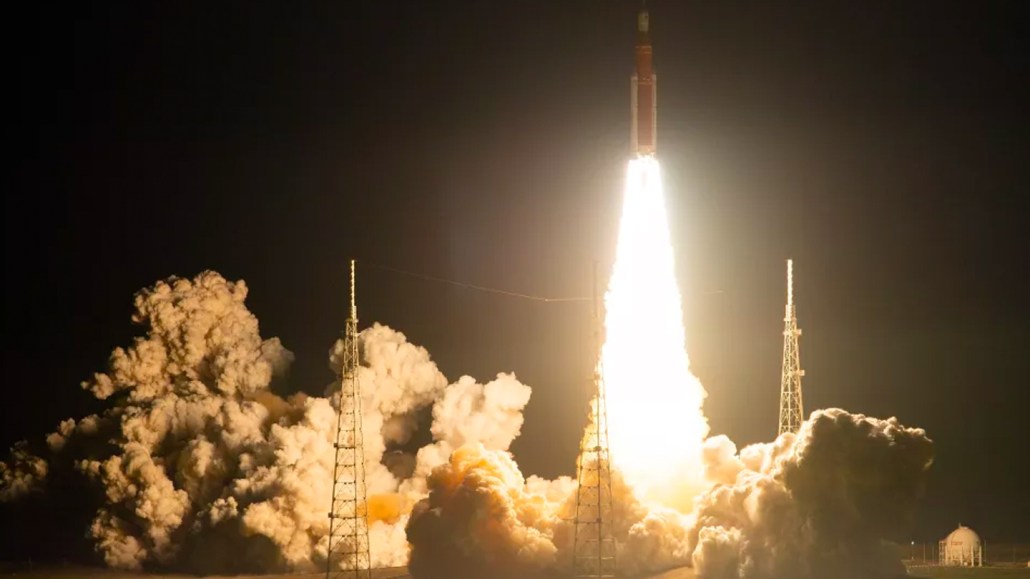The James Webb Space Telescope wasn’t the only big space news in 2022
DART crashing into an asteroid, Artemis going to the moon and other events made space a busy place

On November 16, NASA’s Artemis I mission lifted off from the Kennedy Space Center and started its journey to the moon.
Joel Kowsky/NASA